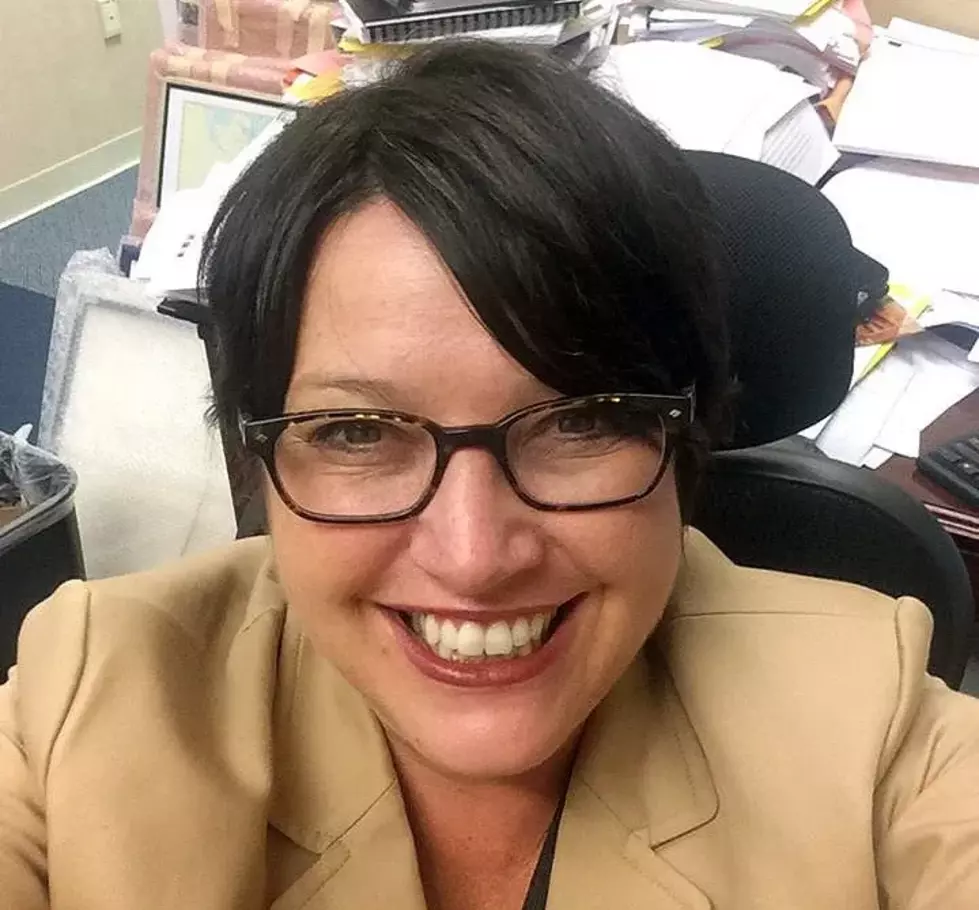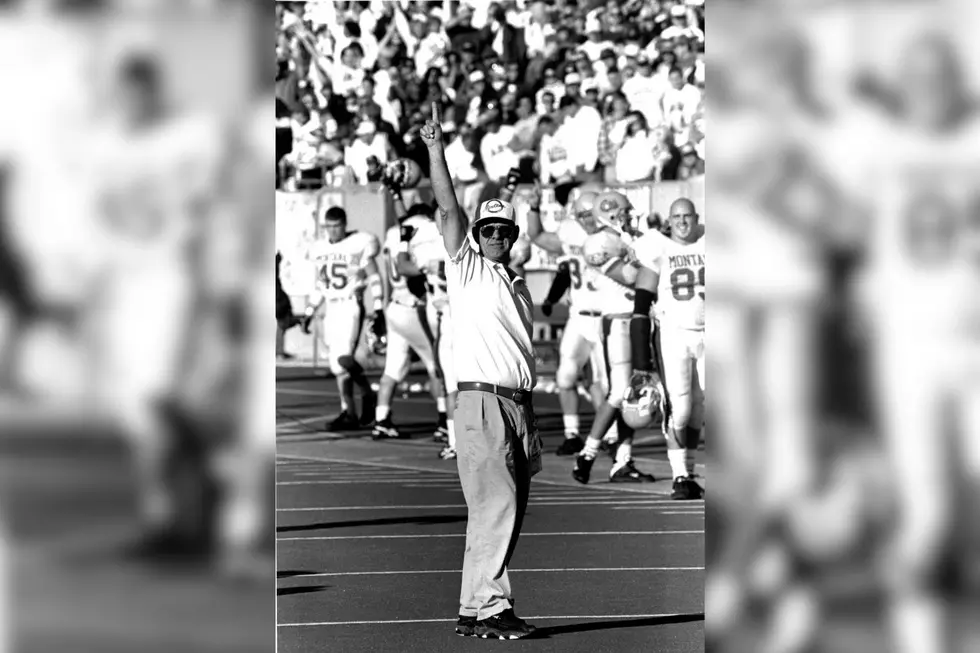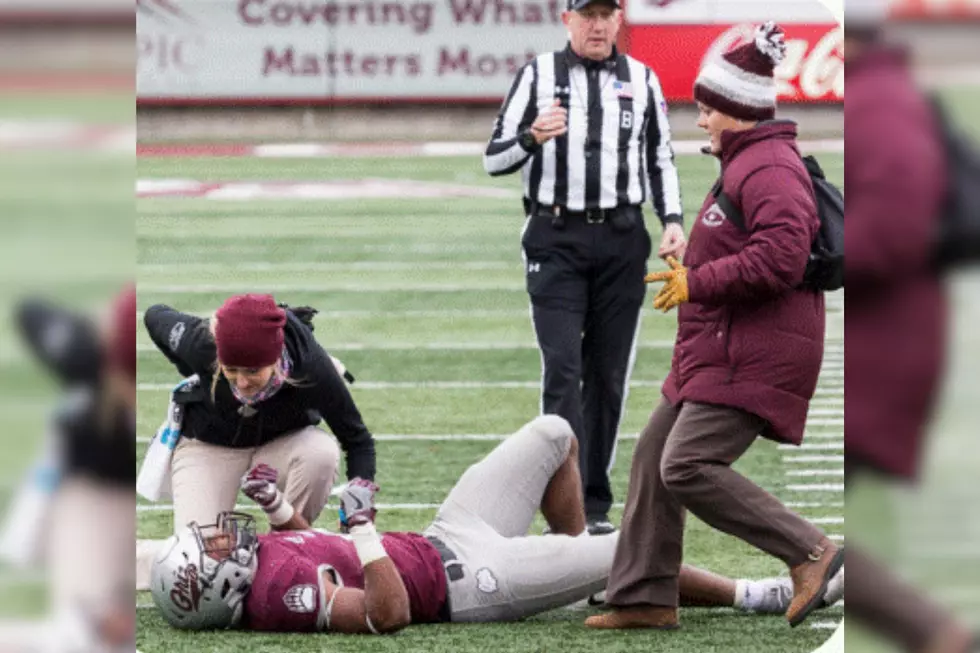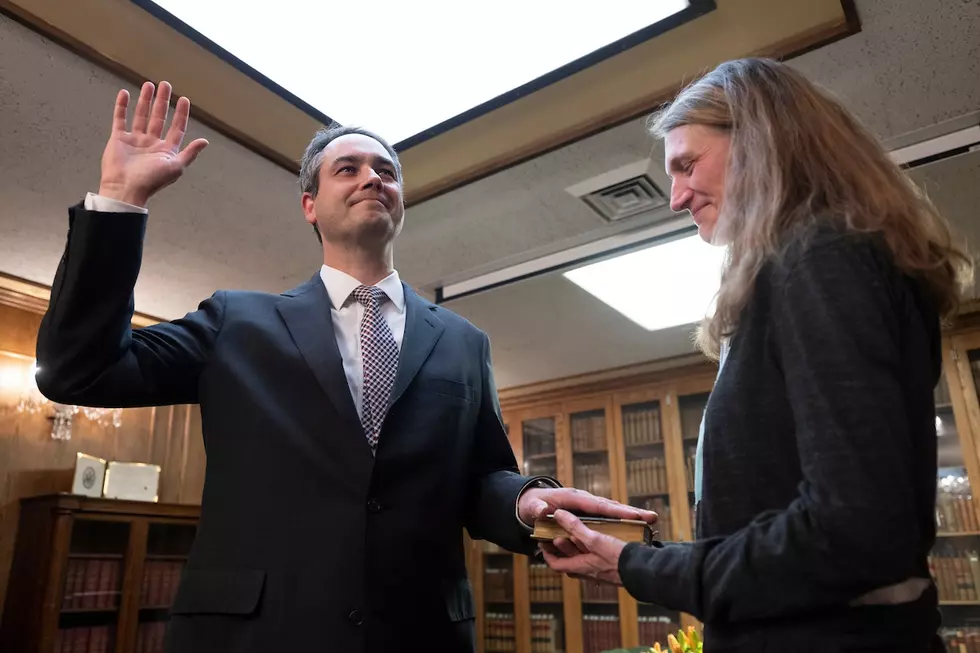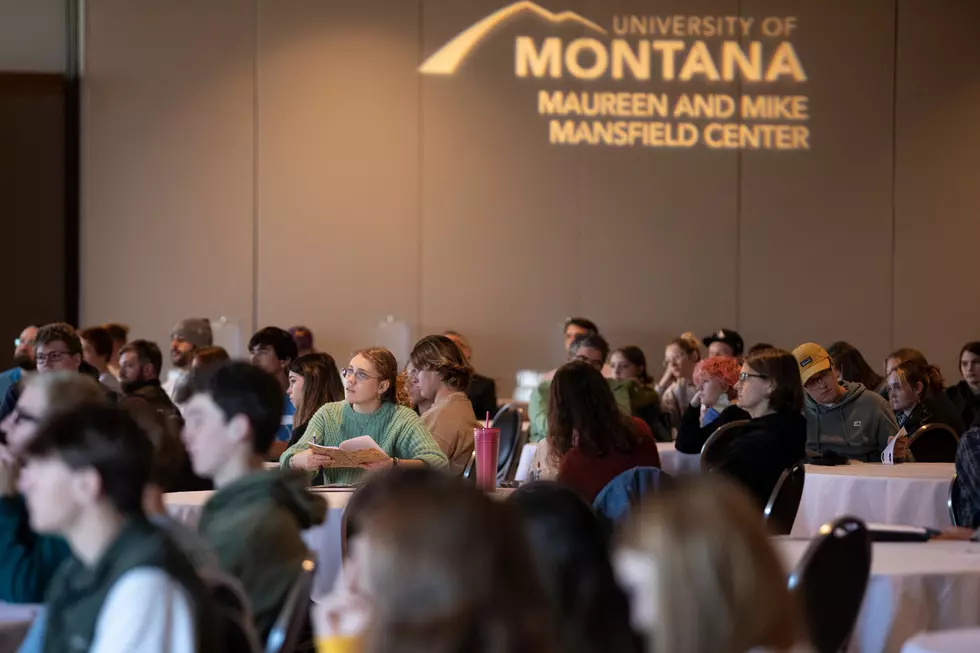
How to Fix the University of Montana’s Communication Problem
Whether or not The University of Montana is found to have a problem in the way it handles rape cases, it most certainly has a public relations problem. The piling on of one investigation after another, from the Department of Justice to the NCAA simply highlights a problem with silence that many in the local media have felt for a while. I haven't worked in the media for very long and the story I'm about to tell has nothing to do with rape, but I think it's a good example of how a simple rule can create a culture of silence.
Not long ago, some of our listeners called into the Talk Back show to complain about the university's plan to expand the College of Technology onto the University Golf Course. As soon as we touched on the topic, the phones lit up and I realized we would need to do a follow up show, so I approached a professor that I knew had strong opinions in favor of the planned C.O.T. expansion to see if I could get him to make an appearance on Talk Back. The professor said he would be happy to come on, but that he would have to have permission from Vice President Jim Foley before he could speak about the issue. Needless to say, we never were able to interview the professor, furthermore, Foley himself turned down an appearance on the show (after saying that he would come). So, instead of giving the public a chance to vent their anger and see the other side of a contentious issue, all we were able to get from The U of M was silence. When we had our follow-up show on the golf course, we had to play an old audio file in which President Royce Engstrom spoke about the C.O.T. plan, which was good, but not fresh, live, or satisfying for anyone who disagreed with the plan.
I say all of this not to call out Foley or Engstrom, but to point out a policy put in place by President Dennison in 2005 that I believe hurts both the public and the university. The policy is embedded in the University's media relations policy which states that Employees receiving inquiries from media regarding issues of a controversial or sensitive nature should refer inquiries to the Director of University Relations. This sentence basically stops any conversation on any topic that is not under the banner of a professor's specialized studies and forces the questions to be funneled into a bureaucratic loop that is not easy to navigate. This rule not only makes it harder for the public to get opinions from within the university system, it also makes the university more responsible for the few words that are said. I think one of the main reasons Foley has come under fire so often from writers at the Kaiman student paper is that the media relations policy forces the vice president into a position of responsibility that would be overwhelming. It's practically impossible to control the opinions of an entire university staff over every "controversial" so don't try. Change the media relations rule and open up the conversation again.
More From Newstalk KGVO 1290 AM & 98.3 FM
